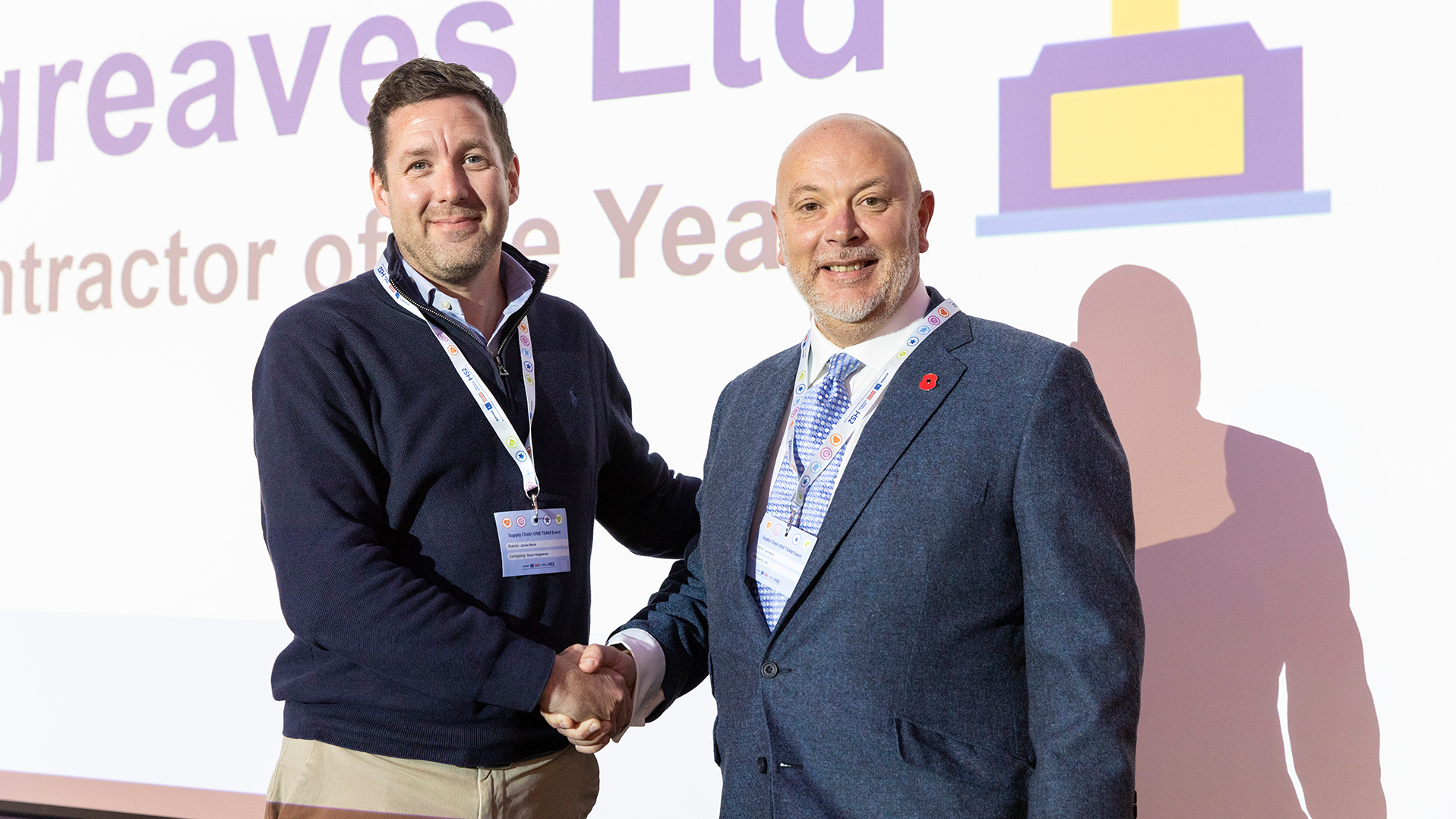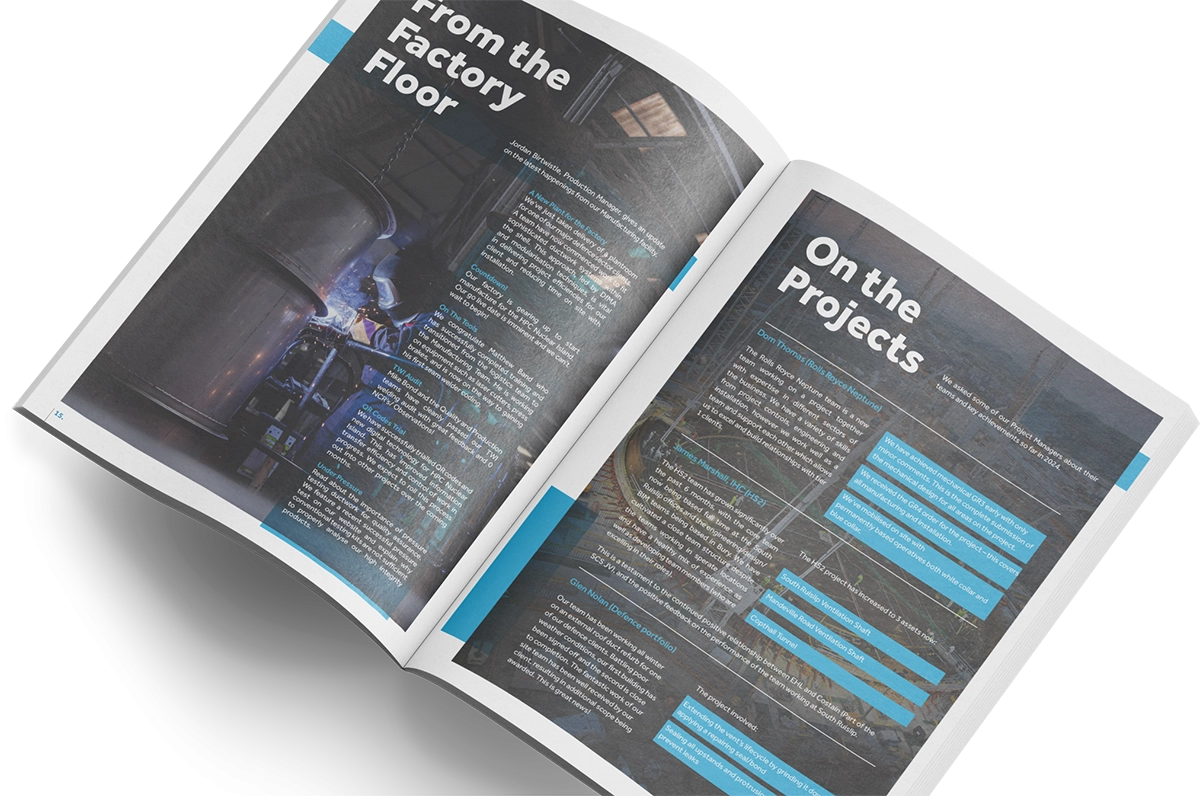In 2025, we’ll already be five years removed from the beginning of the Coronavirus pandemic. I remember the practical challenges facing many IT teams when remote working was to become the norm for the foreseeable future. Fortunately, the tech industry stepped up, with applications like Zoom and Microsoft Teams in particular leading the charge. Who would have thought that an even bigger tech revolution was to come? Artificial Intelligence (or AI) is now part and parcel of our daily lives. This is true to such an extent that the new Labour Government (in its election manifesto) referred to future regulation of AI models. Though an AI bill or law was missing from the recent King’s Speech, it is clear that AI will remain on the political agenda if nothing else. The technology is here to stay and offers many potential positives. But what does it mean for construction?
Predictive AI vs Generative AI
Just last month the BBC and Ipsos UK conducted a survey about AI with the British public. 65% of respondents suggested that services which use AI make them nervous. Countering this sort of trepidation starts with a fairly fundamental fact. AI is not as new as you might think.
Take a look at a typical smartphone. Open up Google Maps and plot a route home. Select your Netflix account and view the recommendations. Ever asked a question of an Amazon Alexa device? These are all technologies we’re comfortable with and all using an element of artificial intelligence.
The main difference in the past couple of years has been the advent of generative AI. That’s the type of AI which has been shown to deepfake celebrity voices, is behind apps like Chat GPT, or offers personalised shopping experiences through Google Bard. Generative AI is incredibly powerful, leading to an explosion in the volume of apps and services which use it.
Experimenting with AI at Exyte Hargreaves
Unless you’ve chosen to build a career within AI, the route to AI integration within any business is less than straightforward. At Exyte Hargreaves we began with some minor experiments and innovations. In partnership with our Marketing department, we produced an article for our 1872 magazine written by Chat GPT. The Marketing team has also produced new creative for their campaigns using the AI features in the Adobe Creative Cloud software. Coupled with that, we’ve seen AI advancements in already integrated software like Microsoft Teams. This early progress helped to break down any barriers caused by anti-AI sentiment and fuelled a desire for discovery.
Copilot and next steps
The IT infrastructure at Exyte Hargreaves is driven by Microsoft and its 365 suite. Away from Teams we have an Intranet built in Sharepoint, data analysis dashboard in Power BI and cloud storage in OneDrive. So continuing our AI journey through Microsoft was a logical step. Copilot is an AI assistant which comes as part of Windows 11, we have also started using Copilot built into our M365 apps (you may have seen the on screen prompts already). Bringing the programme into the current generation, it promises creative solutions and automation to bring efficiencies into daily tasks. My Digital Innovation team has been experimenting with Copilot for a number of months and will be presenting our findings to the Exyte Hargreaves leadership team soon. It’s a far cry from the days of talking paperclips!
The future promises even more remarkable developments. I’m leading a research project at Hargreaves to determine where our next areas of investment should be in the AI space. The possibilities are endless, especially considering our current level of digital maturity on projects and in manufacturing. We’re looking at further automation in our factory for the purpose of off site manufacturing. Our BIM capability will be enhanced through generative design in 3D models. Data analysis tools will offer efficiencies in project planning, highlight quality risks and alert us to safety concerns. It will be an entertaining journey.
The Future for AI Integration in Construction
McKinsey’s 2020 global report stated that nearly half of companies surveyed had integrated at least one AI tool into their business operations. That figure will surely have grown further since then. Even though the construction sector is typically slow to react to change it cannot avoid the march towards artificial intelligence. The results of future integrations and innovations will be very interesting.
Note: we asked Windows Copilot to write its own article about AI in Construction. Find the results in our companion article.








